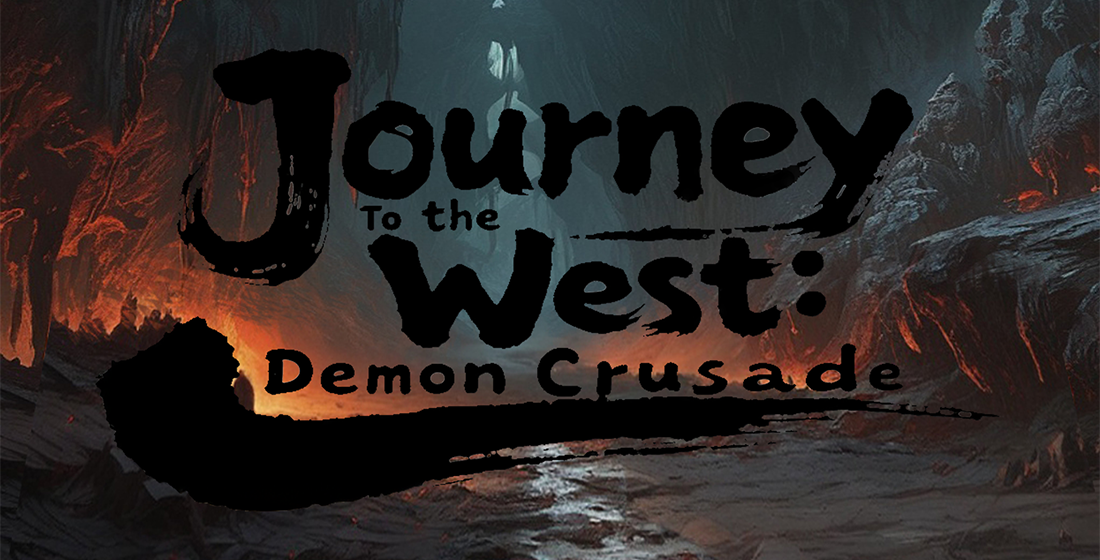When it comes to modern entertainment, few formats capture audiences quite like casual games. In today’s fast-paced world of tech innovation and short attention spans, developers who understand how to integrate engaging, lightweight gameplay can turn simple ideas into powerhouse platforms. Whether you're looking for relaxing pastimes on a morning commute or a playful distraction from daily stressors—game experiences that blend accessibility with depth are leading the charge.
Why Everyone Is Hooked on Casual Games These Days
Gone are the days when playing video games required dedicated hours and powerful gear. What makes casual titles such darlings in mobile ecosystems? Consider this:
- The barrier to entry is virtually gone; even non-gamers can jump in easily with touch controls and bite-sized challenges.
- Mini-games—whether you’re swiping puzzles or building towns—keep players returning with just the right balance of reward and repetition (like that satisfying tap-tap rhythm in clash of clans builder base 6 mode)
- Diverse genres—from cooking simluations to farming adventures—they keep gameplay feel fresh, no matter your mood!
| Type of Feature | Casual Game Examples | Player Engagement % Increase |
|---|---|---|
| Daily Rewards | Fruit Ninja, Homescapes | Up to 35% |
| Mini-Games Galore | Hunter Patrol, Matchington Mansion | Around 48% |
| Pickup and Play Design | Eternal Things, Merge Dragons | Near 52% |
The Art of Staying Addictive—How Mini-Games Rule Mobile Time
Wait... What makes something sticky beyond just being fun? Well, it's science! Successful apps know how to layer dopamine-releasing achievements into gameplay. They offer small victories every few minutes—and humans *crave* that sense of constant progress. Take note of how many times users find themselves saying:
But why does that loop keep pulling them back? Here's the breakdown:
"Oh, one more round,"—then an hour disappears.
- Instant feedback after every action gives satisfaction almost immediately;
- Puzzle designs built around "A-ha moments" encourage curiosity and re-attempts;
- Progress tracking visualized in colorful levels makes growth easy-to-see (e.g., unlocking a character in your builder camp);
- Bite-size content lets people enjoy full arcs while avoiding burnout;
Secret Sauce: Balancing Simplicity and Depth
If it were that easy everyone would do it, right? Many studios try making light gameplay models—but fall short. The difference comes from smart complexity scaffolding:
Successful casual developers understand player psychology—not just programming mechanics.
That means designing systems that scale: For instance:
| Game Stage | Mechanism Example | Psychology Trigger Involved |
|---|---|---|
| Beginner | Drag item into shape slot (easy match) | Visual satisfaction, low cognitive load |
| Reward Milestone | Unlock special effect upon sequence completion | Sudden surprise + positive validation |
| Lvl Progression | Earn coins by merging similar objects | Action/reward cycle strengthens behavioral habit |
| VIP Path | Premium boosters unlock extra features slowly | Scarcity + anticipation drive retention/purchases |


